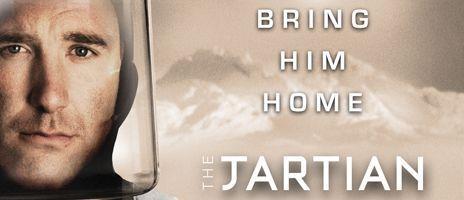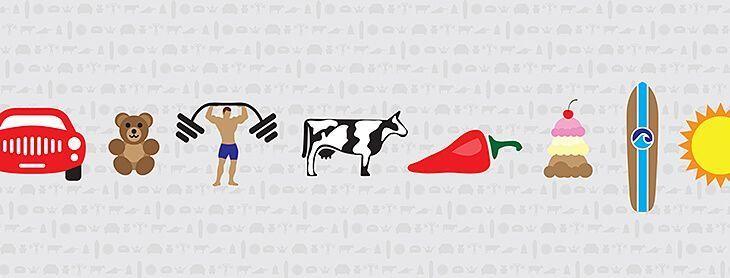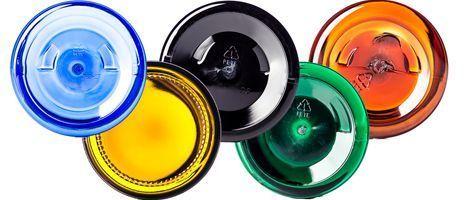The Jartian: Plastic Brings Him Home


If you found yourself stranded on a planet all by yourself, what would you need to survive until you were rescued? Food, of course, enough to keep your body functioning. Water, because being an astronaut is thirsty work. Oxygen. Shelter. And, among other things, a killer space suit to protect you from the harsh atmosphere. We are going to explore how an amazing space suit made with plastic components helped us rescue our long-lost Jartian.
Who is The Jartian?
This month, our calendar wallpaper is based on the blockbuster The Martian. As we are a container company, though, our astronaut is not a Martian, but The Jartian. He is stranded, not on Mars, but on Jars. That is perhaps an undiscovered planet shaped like a container perfect for holding your favorite moisturizing cream. How our plucky spaceman reached said planet, we still aren't sure, but perhaps he hitched a ride with our other CPS astronaut, previously featured in Intersprayer. Regardless, it is time for him to come home.
Plastic Space Suits
As we discussed earlier, a Jartian requires certain necessities to survive: food, water, air, shelter, and his space suit. Did you know that space suits for modern astronauts are made with some plastic components? No, a person could not put a plastic jar on his or her head and safely explore the cosmos. But with the right tools and materials, plastic is extremely useful for the fabrication of these suits.
Astronauts' helmets depend heavily on plastic. The main body is made of super strong, yet optically clear, polycarbonate. That means astronauts can see through their visors (a useful quality), while not having to worry about them shattering easily. Polycarbonate is one type of plastic found in the Other category, and can be found in bullet-proof windows and exterior car components. Polycarbonate is labeled with a resin identification number of 7. You can watch a video explaining what this code means here. (And if you look closely, you might spot our very own Jartian sporting some amazing hair!)
Back to the astronaut's helmet. The helmet has a few big jobs. It has to keep the oxygen inside of it regulated to the right pressure. It also protects the astronaut's head from any debris that may run into it, and keeps the astronaut safe from extreme temperatures. And the helmet filters out harmful rays from the sun. The primary part of the helmet is the clear plastic polycarbonate bubble. The bubble is covered with the Extravehicular Visor Assembly. This device has several different visors and eyeshades. The protective visor, also polycarbonate plastic, shields the astronaut's eyes from ultraviolet radiation and micrometeoriods. The sun visor is coated with a thin layer of gold, which protects the astronaut from the sun, and also keeps the temperature inside of the helmet down.
Now you know a little bit about how plastic is a key building block for keeping our astronauts alive. If you're planning on making a trip to Mars (or Jars), plan on bringing your polycarbonate helmet! For this month's calendar wallpaper, check it out here. You can find the rest of 2016 here. What movie would you like spoofed for our 2017 calendar? Leave your suggestions in the comments below!




